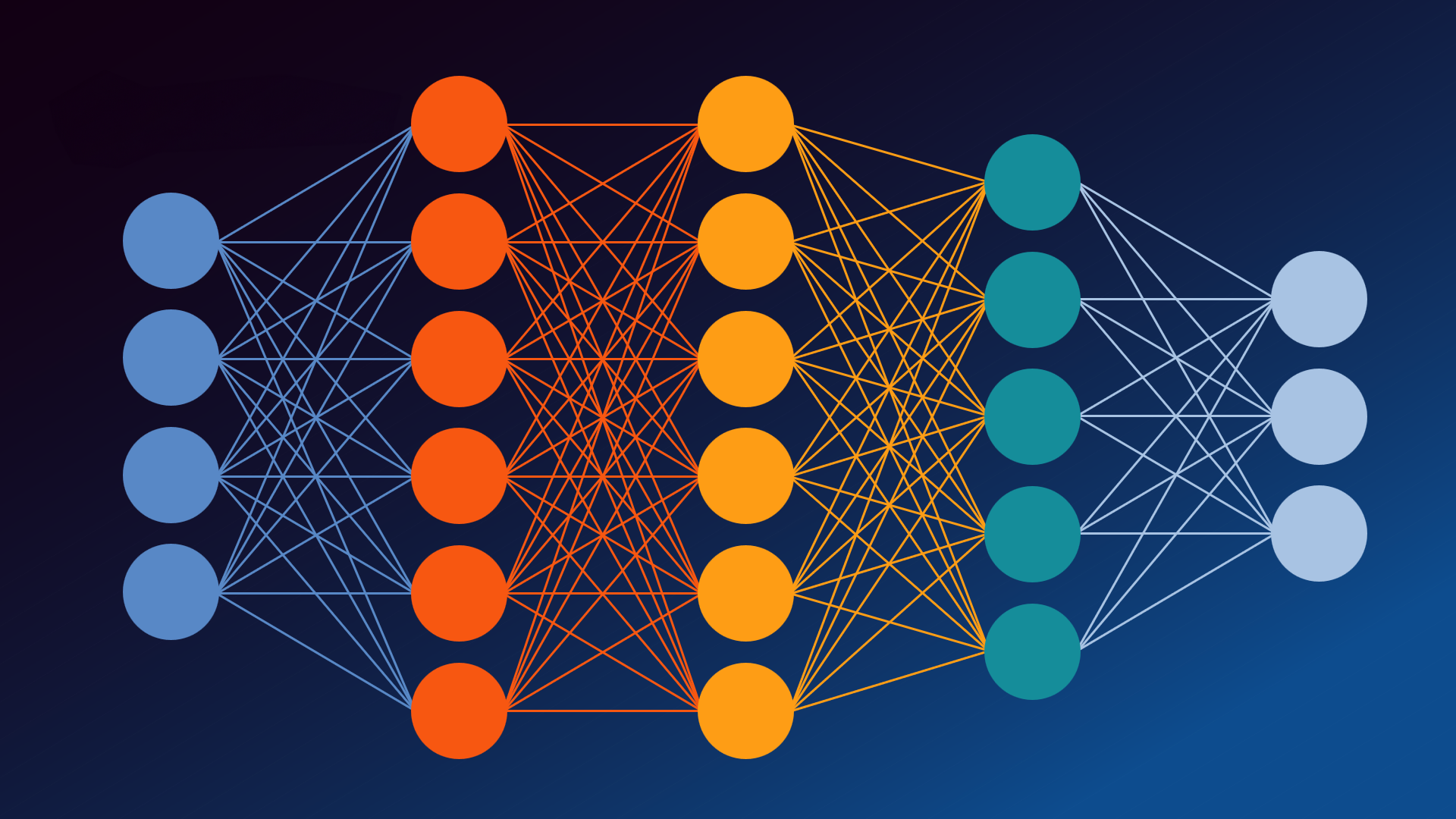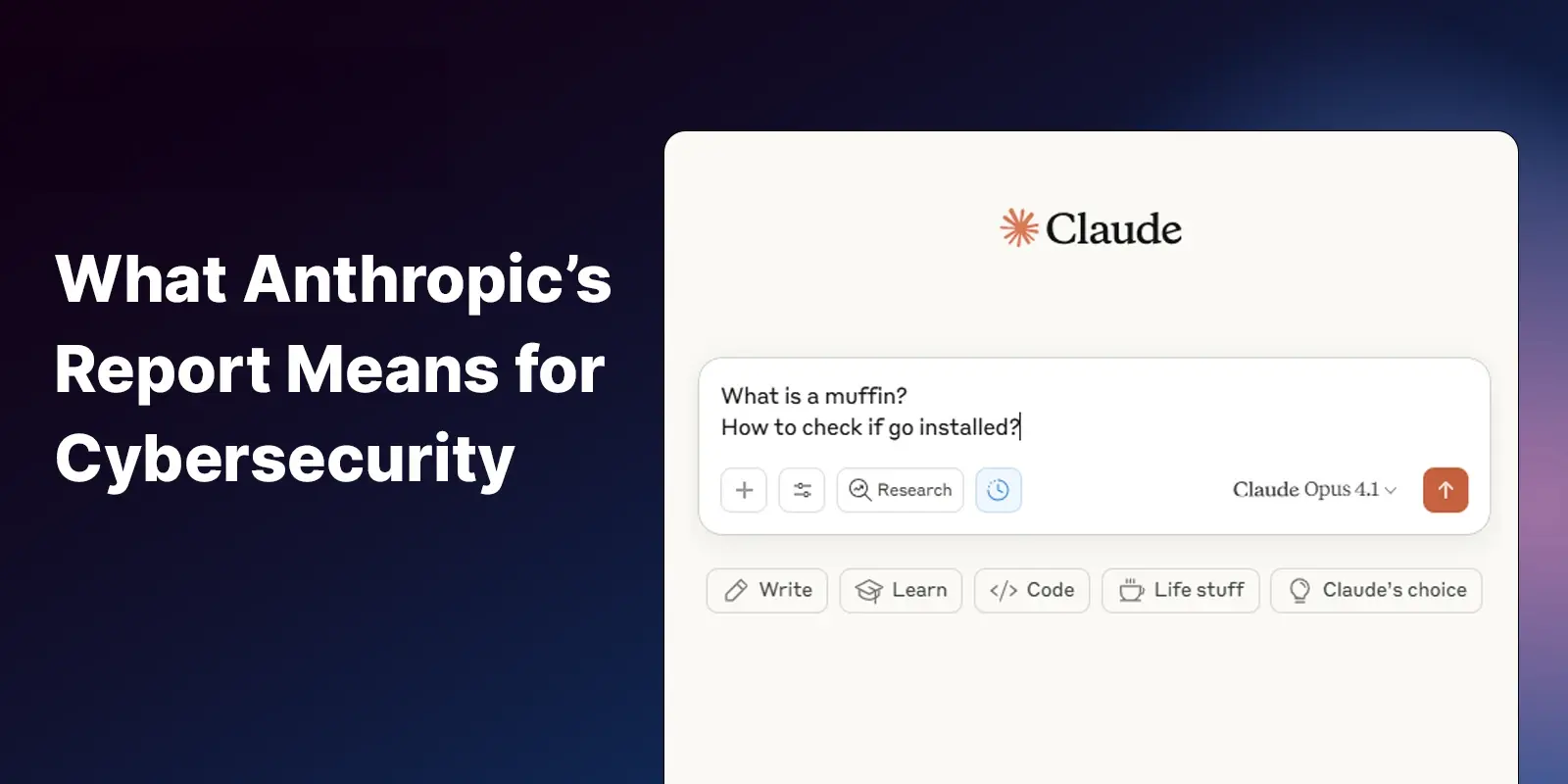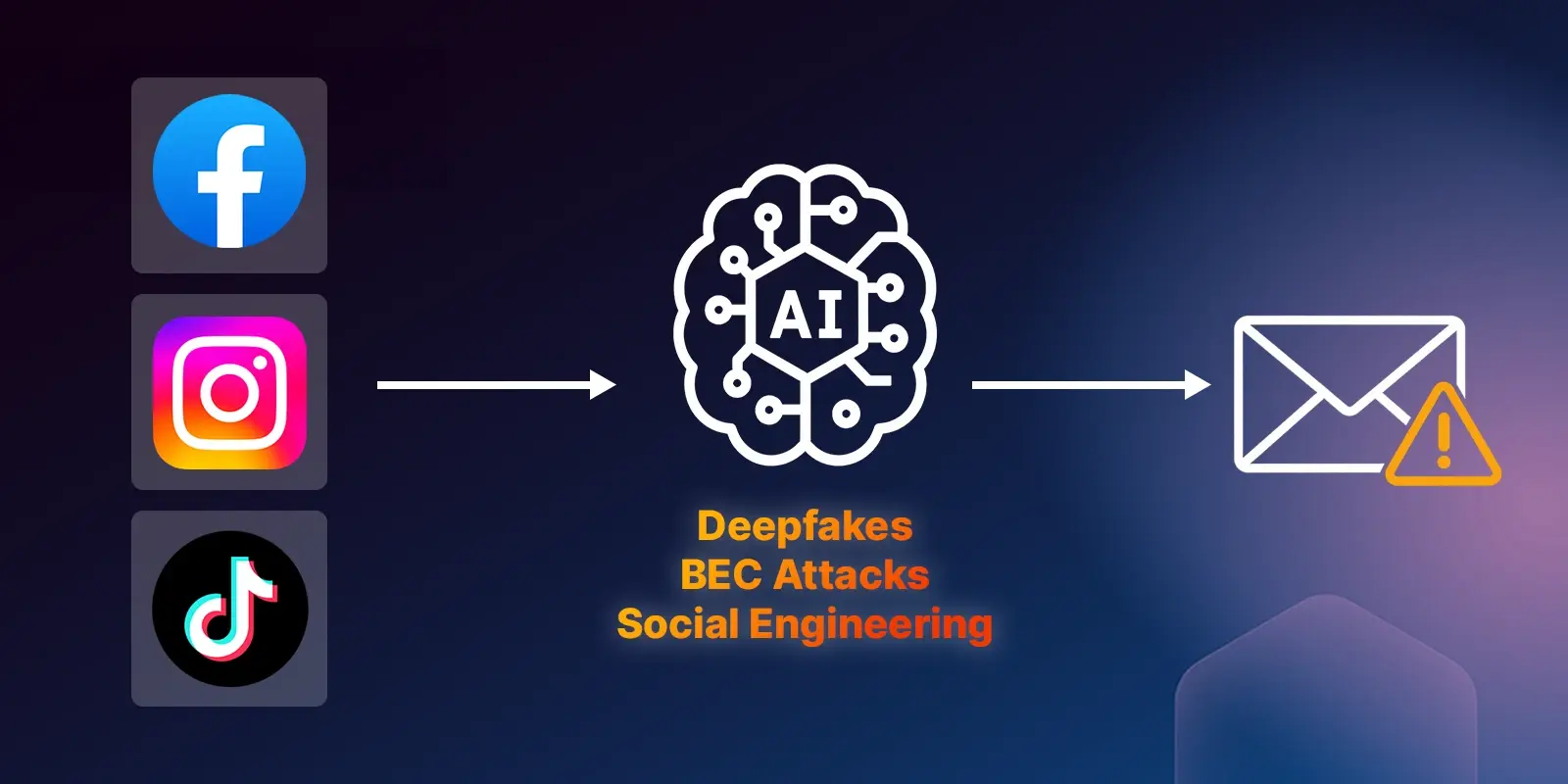Table of Contents
One critical thing we’ve learned from securing the inboxes of over 15,000 organizations is that blocking threats isn’t enough.
To stay ahead of attackers using AI-driven tactics like deepfake phishing, your defenses need to evolve faster than the threats. This is where learning rate comes in, determining how quickly your system adapts to new and emerging attack methods. Because static detection models are great—until they’re not.
Threats are being created so quickly that detection rates alone are becoming a less effective way to measure readiness. Your system can catch 99.9% of known threats today, but that percentage often drops when the next wave of attacks rolls in.
The faster your defenses learn, the better they can respond to the next threat, minimizing your team’s workload and catching threats in real-time.
With Adaptive AI, powered by both machine learning and human-in-the-loop (HI) systems, we ensure that defenses aren’t just reactive—they’re improving and learning in near real-time to anticipate the next attack, even if it’s one we’ve never seen before.
Why Learning Rate Is More Than Just a Technical Detail
When we talk about learning rate in machine learning, we’re referring to how fast a model updates its internal understanding in response to new data. But in cybersecurity, learning rate takes on a bigger role. It’s about continuous adaptation—how quickly your security system can evolve to detect and block never-before-seen threats.
- AI-generated attacks, like deepfake phishing or impersonation schemes, move at an alarming pace. Waiting for traditional detection updates can leave gaps in your defense.
- Learning rate ensures that machine learning models quickly adapt to these new tactics, allowing your defenses to incorporate real-time insights and adjust before the next wave of attacks hits.
The faster your system learns, the better equipped it is to handle emerging threats. However, speed alone isn’t enough. It’s critical to balance quick adaptation with accuracy. This is where Adaptive AI, powered by both machine learning and human-in-the-loop systems, steps in to continually refine and sharpen defenses. (If that just caught your attention, check out our whitepaper: Why AI Alone is Not Enough.)
The Real Edge in Cybersecurity
While AI delivers speed and scale, it can still fall short when it comes to the nuances of human behavior and deception. That’s why Adaptive AI goes beyond pure automation. It integrates human-in-the-loop systems to provide the depth and context that AI alone can’t achieve. This framework allows for faster, more accurate detection of highly sophisticated attacks, like those powered by deepfakes.
Take deepfake-driven phishing as an example. These AI-generated threats are incredibly difficult to detect using traditional tools. However, Adaptive AI combines machine learning and human feedback to stay ahead of these evolving threats.
Learning Faster. Adapting Smarter.
Traditional cybersecurity models rely on detection rates to assess how well they catch threats. But in a world where deepfakes and AI-generated attacks are evolving faster than static models can keep up, learning rate becomes a critical measure of success. Our Adaptive AI excels by constantly learning—leveraging AI’s scalability alongside real-time human-in-the-loop feedback from a network of 25,000 threat experts.
- Real-time Adaptation: As your platform learns from every flagged email or phishing attempt, it updates its models in real-time, ensuring it catches the next attack—whether it’s a deepfake or a spear-phishing email.
- Zero-day Threats: The combination of AI and human-in-the-loop systems means that the system isn’t just catching known threats. It’s also equipped to adapt and respond to zero-day attacks—learning from the first sign of a new tactic and applying those lessons system-wide.
With Adaptive AI, you get faster, smarter defenses that minimize manual intervention. Your team doesn’t need to be bogged down with false positives, nor do they need to constantly train the system. Instead, your defenses become more intelligent with each interaction.
The Next Big Threat on the Horizon
Deepfakes have rapidly become a major cybersecurity concern, especially for email and voice-based attacks. According to our IRONSCALES 2024 Threat Report, 64% of IT professionals expect deepfake-enabled attacks to grow significantly over the next year.
These attacks are not just limited to fake videos or altered images—they are showing up in targeted phishing emails and voice impersonation scams, which makes defending against them even more challenging.
Here’s how Adaptive AI helps protect against deepfake threats:
- Human-in-the-loop feedback plays a crucial role in identifying subtle red flags that static AI [alone] might miss in deepfake-enabled phishing emails. By continuously learning from human inputs, the system becomes better at detecting and blocking deepfake phishing schemes
- The ability to quickly update models based on human feedback and real-world incidents allows Adaptive AI to adapt to this fast-growing threat, ensuring your defenses are as nimble as the attackers
Why Learning Rate and Human Insights Matter
Learning rate is more than just a technical metric—it’s the key to staying ahead of evolving threats. But learning fast isn’t enough without good inputs. That’s where Adaptive AI, combining AI and human-in-the-loop, comes into play—providing the perfect balance between speed, accuracy, and real-time adaptability.
With the rise of deepfake phishing and AI-driven attacks, organizations need to focus on solutions that not only identify threats but also adapt faster than the attackers evolve.
IRONSCALES Fall 2024 Report - Deepfakes
Deepfakes: Is Your Organization Ready for the Next Cybersecurity Threat?
Explore More Articles
Say goodbye to Phishing, BEC, and QR code attacks. Our Adaptive AI automatically learns and evolves to keep your employees safe from email attacks.

/Concentrix%20Case%20Study.webp?width=568&height=326&name=Concentrix%20Case%20Study.webp)













.webp?width=100&height=100&name=PXL_20220517_081122781%20(1).webp)



